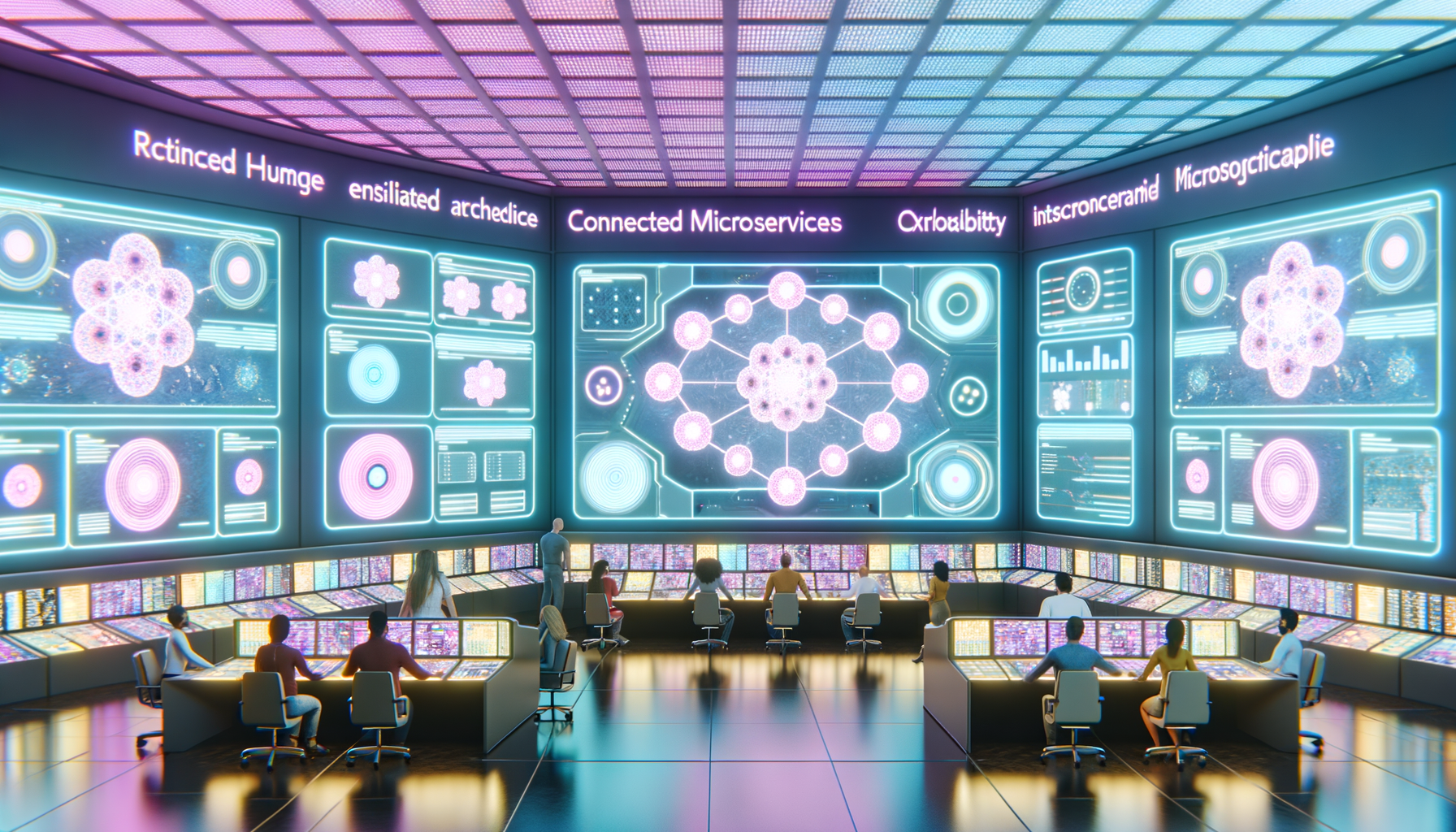Unlocking Scalable Observability in Microservices with Agentic AI
Introduction
In today’s fast-paced digital world, where businesses are increasingly shifting towards microservices architectures, understanding and monitoring these systems is more crucial than ever. Observability in Kubernetes environments poses unique challenges, and this article will dive deep into those challenges while introducing the exciting role of Agentic AI in enhancing observability.
The Importance of Observability in Microservices
Observability is not just a trendy buzzword. It refers to how well you can understand what’s happening inside your system based on the data it produces. Think of it as having a window into the inner workings of your microservices. With observability, you can:
- Track performance
- Diagnose issues swiftly
- Improve reliability
- Enhance user experience
In a microservices environment, each service works independently and communicates through APIs. This independence can lead to improved scalability, but it also complicates monitoring. Without proper observability, identifying the root cause of problems can feel like searching for a needle in a haystack.
Challenges of Observability in Kubernetes
Kubernetes has emerged as a leading platform to manage and deploy containerized applications, but it brings with it a set of observability challenges:
1. Dynamic Nature of Services
Microservices are inherently dynamic, meaning they can scale up or down based on demand. Kubernetes makes this easier, but it also means that services come and go quickly. This fluidity makes it hard to have a consistent view of your system.
2. Volume of Data
The amount of data generated in a Kubernetes environment can be staggering. Logs, metrics, and traces pile up fast, and sorting through this vast sea of information is a daunting task.
3. Complex Dependencies
In a microservices setup, various services depend on each other. This interconnectedness means that a problem in one service might affect several others. Understanding this web of dependencies is essential to troubleshoot effectively.
How Agentic AI Comes Into Play
With these challenges in mind, how can organizations enhance observability? This is where Agentic AI steps in, providing a powerful solution to unlock scalable observability in microservices environments.
1. Machine Learning for Insights
Agentic AI harnesses machine learning algorithms to analyze the enormous amounts of data generated in a Kubernetes environment. It can spot patterns and anomalies in real-time, allowing teams to react swiftly to potential issues. As they say, “A stitch in time saves nine.” By addressing problems early, organizations can save significant time and resources.
2. Automated Root Cause Analysis
When issues arise, identifying the root cause can be a Herculean task. Agentic AI automates this process by tracing dependencies between services efficiently. With its insights, teams can pinpoint exact failure points quickly and accurately.
3. Predictive Capabilities
One of the standout features of Agentic AI is its predictive capabilities. Rather than just reacting to issues, it helps teams anticipate future problems using historical data. This proactive approach means organizations can implement measures before downtimes or performance hits occur.
Best Practices for Implementing Observability Solutions
While Agentic AI offers incredible tools for enhancing observability, some best practices can complement these tools:
1. Centralized Logging
Implement centralized logging solutions to gather logs from all services in one place. This makes it easier to analyze data and spot issues across the system.
2. Set Up Alerts
Use automated alerts based on specific metrics. This ensures that your team is notified immediately when anything deviates from normal operations.
3. Regularly Review Metrics
Just collecting data isn’t enough. Establish a routine to review critical metrics and insights regularly so that your team remains well-informed about system health.
Conclusion
In summary, while observability in Kubernetes environments comes with its challenges, solutions like Agentic AI pave the way for impactful strategies. Embracing the advanced capabilities of AI can help organizations transition from reactive to proactive monitoring, ultimately leading to enhanced performance and customer satisfaction.
As you embark on the journey of improving observability, remember: “A good system of observability is like a good pair of glasses—it helps you see everything clearly!” With the right tools and practices in place, you’ll unlock the full potential of your microservices architecture.
To learn more about Agentic AI and its offerings, visit their website.
With observability in microservices systems being more accessible than ever, the future of Kubernetes management looks promising!


